The beauty industry is going through an unprecedented era for change in 2025, with technology breakthroughs, an increased approach to sustainability as well as diversity and holistic health a real focus. Beauty is no longer just an aesthetic; it is; it is a melding of science and self-care – it is consideration for ethics and personal identity rolled into a multi-faceted movement for a variety of global consumers. This fertile ground promotes experimentation and originality, maintaining the respect for natural beauty and socially conscious methods. And as we explore the twelve essential beauty trends that have shaped this year, all of them mark a significant shift not in what we are using and sporting, but also in how beauty is described, interpreted and adopted, among different communities and among different generations.
1. Skinimalism: The Art of Less is More
Relying on simplicity, Skinimalism represents a break from the multi-step routine that was in demand for years. Celebrated for its effectiveness, this approach implies that the right way to achieve healthy skin is using few but quality products instead of drowning it in serums and toners. In 2025, this trend has gained new prominence as people wish to treat their skin gently and without disturbing the microbiome. Skinimalism urges its followers to use gentle cleansers, lightweight moisturizers, multifunctional solutions, such as tinted moisturizing creams with SPF or a serum with hydrating properties and antioxidants. In 2025, such approach experiences new popularity due to a general trend toward mindful consumption, implying that people wish to reduce waste and use less packaging. Additionally, people educate themselves better in terms of skin biology and learn to use fewer exfoliants and avoid the use of harsh ingredients. Beyond its physical properties, Skinimalism reminds people to take mental care by shifting the focus from perfection to self-acceptance. Thus, people come to understand that they should not mask their freckles and natural texture but instead improve the texture and radiance by nurturing it with deliberate, uncomplicated steps.
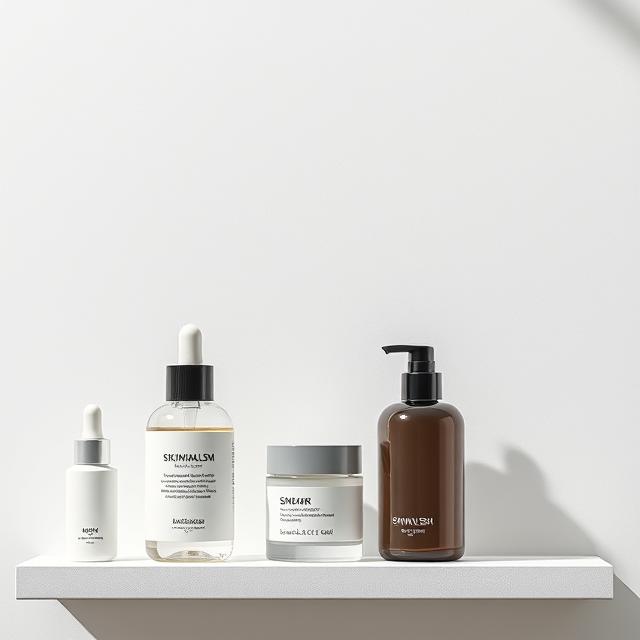
2. AI-Powered Personalized Beauty Solutions
We know leading AI companies that created ‘Virtual Sales’ and ‘Virtual Try-on’ have reset consumers’ relationship with beauty in 2025. AI-software is used to analyze hundreds of data points such as skin tone, texture, hydration levels, environmental exposure, and hormonal cycles to give each individual person a personalized skin care and make up recommendation. They are based on machine learning models, which keep learning from more and more user feedback and modifying the models based on the changing nature of the skin. Custom beauty is no longer a premium but an expectation, and you can now find brands that concoct bespoke serums, foundations and haircare products. Smart mirrors and skincare scanners, machines that link with apps to offer daily diagnosis, monitor progress and make real-time adjustment in routines. Tech-based customization ensures that products truly work on individual concerns – be they hyperpigmentation or sensitivity, things one size fits all products often can’t counteract. AI-facilitated virtual try-ons also disrupt the makeup shopping experience, as people can try out hues, finishes, and even looks, all from the comfort of their living rooms. The convergence of beauty and AI makes it easy for users to be knowledgeable, be confident, and have access to professional-level care anytime and anywhere, universally connecting users and their beauty routine.

3. Clean Beauty Goes Clinical
Clean beauty has come a long way since it first meant not using questionable ingredients. By 2025, clean beauty has merged stringent clinical testing with ethical ingredients procurement, a new category that fuses honesty with scientific efficacy. Consumers are more informed and more discerning; they want products free from paraben, sulphates and silicone, but they want things that have also been studied in real studies and someone else checked it out. It’s because SOMETHING is happening with these companies that are clinical clean beauty brands; they’re investing in clinical trials and dermatologist endorsements and peer-reviewed research that their natural, non-toxic formulas deliver measurable results. The approach fills the void between natural wellness and medical-grade skincare, providing efficacious actives such as peptides, retinoids, and botanicals in soft, easy-to-use formulas that work well with the most sensitive complexions. The movement is also about cutting out skin irritants and providing treatments for specific conditions, such as eczema, rosacea and acne. The obsession is so real that packaging proudly boasts transparency in the form of comprehensive ingredient disclosures and the lack of suspicious synthetics. Clean beauty goes clinical And it’s a sign that the sector is maturing to a place where consumers don’t have to choose between safety, sustainability and performance.
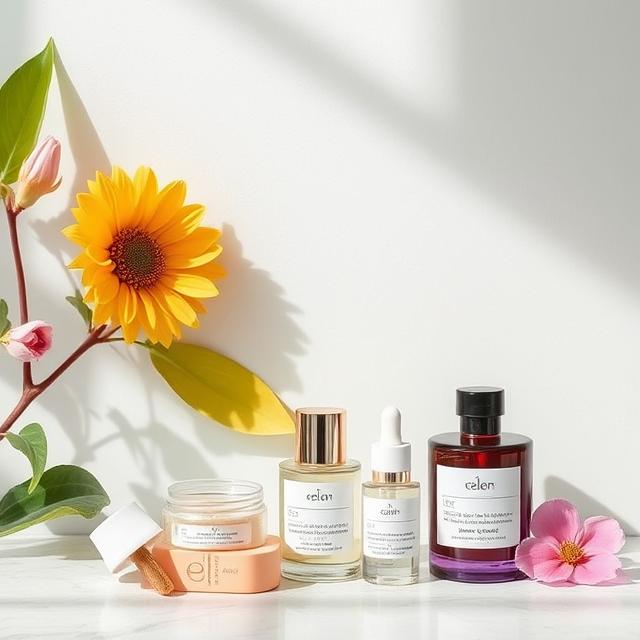
4. Inclusivity and Representation in Beauty
Representation in beauty has moved beyond token gestures to become a holistic movement that will define product development, marketing and brand ethos in 2025. It’s pushback, of course: Beauty companies breaking down old ways of thinking, with wide shade ranges, formulas that accommodate every type of hair, and advertising that features a range of ages, ethnicities and gender identities. This is a movement that is reacting against the historically narrow criteria that disadvantaged many groups, and ignored their needs. Today, it’s reached a point where brands team up with culture leaders, activists and even influencers to genuinely engage with local communities and co-create goods celebrating traditional culture and individual identity. Inclusiveness also involves catering even to those who are not as abled when it comes to packaging and product designs. The all-skin-tone movement comprises more than just foundation and extends to skin care that caters to melanin-related concerns such as hyperpigmentation and sun protection formulated specifically for darker skin. Gender inclusivity challenges the binary by proposing gender-neutral lines that prioritize function over form. This all-encompassing reach is transforming beauty, and creating more of an equal playing field where everyone is able to discover beauty solutions that validate who they are in that skin and see themselves in the story.”
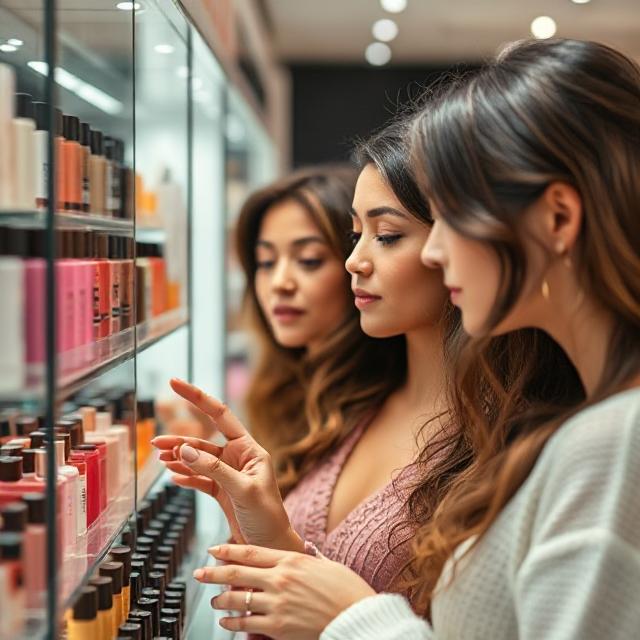
5. Beauty and Wellness Integration
The idea of beauty in 2025 extends more and more to a mind-body connection, a holistic approach to well being as the new beauty.” This trend reflects the understanding that skin health isn’t separate from the other aspects of a healthy lifestyle: diet, sleep, stress, and quality of your mental and emotional state of being. Now beauty brands are selling products and experiences that promise to balance the outside beauty with inside beauty. Adaptogens, collagen builders, probiotics and CBD are woven into skincare and supplements that help skin become resilient, less inflamed and calmer. Rituals based in wellness offer face massages, breath work and aromatherapy to turn home routines into spa-restorative moments. The market for beauty supplements that can be swallowed to enhance hair growth, skin hydration and anti-aging from within is growing. This 360-degree method is also one aspect of a broader cultural pivot towards holistic self-care, where consumers are beginning to value spending time on routines that replenish the essence of their being rather than the short-term fixes or superficial aesthetics of the past. By combining beauty and wellness, it’s a trend that enable people to get glowing skin by living a balanced, healthy life.

6. Tech-Enhanced Beauty Treatments at Home
Technology for beauty tech is offering professionals treatment at home in 2025. In recent years, miniaturization, safety and connectivity have enabled a new generation of devices to provide results once only encountered in dermatologist’s offices or salons. Options such as LED light therapy masks focus on different wavelengths for acne, inflammation and collagen production; meanwhile, microcurrent devices exercise facial muscles for natural lifting and toning of skin. Over the years, at-home laser hair removal system has evolved to be cheaper and efficient, attracting customers looking for permanent solutions instead of making regular trips to the salon. These gadgets usually sync with smartphone apps for guidance, monitoring skin responses and modulating intensity in personalized treatment plans. It’s powered by consumer demands for convenience and cost savings and more say in their beauty routines. And not to mention, technology enhances the environment by decreasing the carbon and water footprint that comes with frequent salon visits. It’s this democratization of advanced skincare technology that really builds confidence and independence, allowing people to take contemporary care into their own hands with a new powerful weapon.
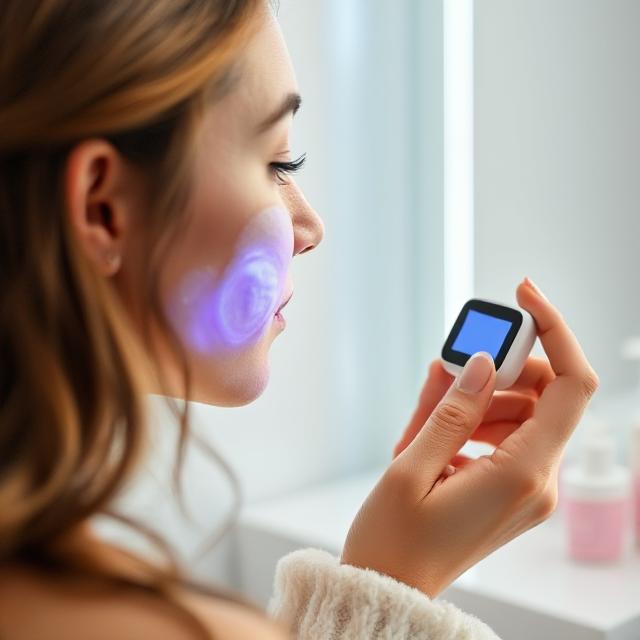
7. Sustainable Packaging Revolution
Sustainability is a continuing powerhouse in 2025’s beauty landscape, increasingly driven by packaging innovation as the engine of sectoral shift. Beauty brands are on a mission to minimize the impact they have on the environment by reworking packaging with an emphasis on reuse, recyclability and biodegradability. The refill market is on the rise, with modular bottles and subscription refills now a thing. Some have turned to compostable materials made from plants, seaweed or mushrooms, stretching the definition of biodegradable packaging. The use of glass, metal, and post-consumer recycled plastics takes precedence over virgin plastics, and clear transparency in terms of where materials come from and how recyclable they are is reported. In the circular models of commerce, the empty containers easily get back to the customers who return them, such is the case with reusable or recyclable models and with discount rates, rewards or receiving credits back. The gradual move toward zero-waste products, with active ingredients concentrated in small jars or capsules, also minimizes the bulk of packaging as well as the magnitude of carbon emissions generated during transport. This revolution is the result of an comprehension that beauty’s future needs to respect the planet, inspiring ingredients that link consumer behavior to ecological conscience.
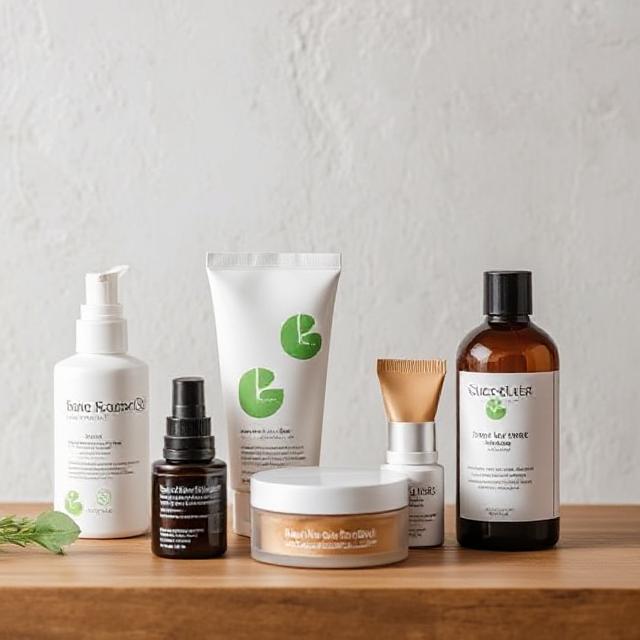
8. Gender-Neutral and Fluid Beauty Products
In 2025, beauty is all-encompassing when it comes to identity, and gender-neutral and gender-fluid products are the norm. The movement responds to the conventional gender binaries with new formulations and branding, absent of masculine and feminine gender hints. Neutral packaging, unisex scents and universally flattering colors focus on skin health and personal preference, not gendered advertising. It encourages inclusiveness, with the group offering options to non-binary, transgender and gender-fluid people and welcoming anyone to experiment with self-expression free of restraints. Men’s grooming definitely doesn’t lack variety when it comes to skincare and haircare solutions that cater to distinct concerns while becoming more gentle, moisturizing, and specific options beyond the ever popular aftershave and cologne. From the iconic urban professionals to men, with barely-there nude options and the wildest bolds, makeup collections/ lines are developing more comprehensive selection for all genders, not only as a reflection of gangster acceptance of makeup-as-art, but also as an acknowledgement of reduction of the gender divide in cosmetic use. Unisex beauty promotes liberation, inclusivity and artistry, redefining beauty as an unbounded and deeply personal fun experience.
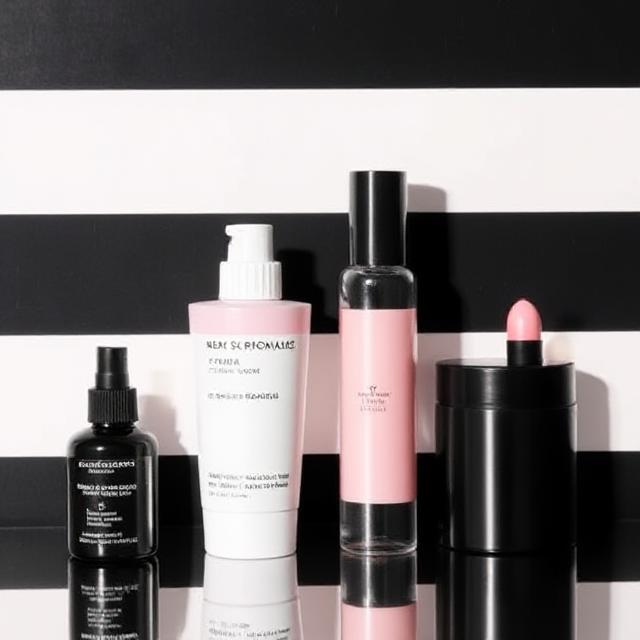
9. Neurocosmetics: Beauty Meets Brain Science
Nutricosmetics is an exciting new area of emphasis that melts the brains with the beauty. This on-trend movement in 2025 aims to tap into neuroreceptors on the skin and the skin’s close connection to the nervous system to treat skin ailments related to stress, anxiety, and age. Formulations contain actives to balance neurotransmitters, neuropeptides and neuroinflammation to calm overstimulation, minimize redness and encourage collagen production. The items are made to engage the senses with tactile touches, aromatic scents, and vibrant hues, making skincare an emotionally nourishing, mood-lifting experience. This all-encompassing approach acknowledges that skin is a sensory organ profoundly affected by emotions and the mind. Neurocosmetics particularly addresses diseases exacerbated by the brain-skin connection, such as acne and psoriasis, with novel neuro-modulatory agents. This line takes beauty further than skin deep, shifting perceptions of beauty culture to practices, rituals and systems to add mental health and skin health into a multi-sensory, mind/body connection.

10. Upcycled Ingredients and Zero-Waste Formulations
Beauty upcycling draws from the power of creativity and sustainability to turn food waste, agricultural byproducts and other waste into effective skincare ingredients. This movement contributes to the global waste crisis and ensures the actives are high performance filled with antioxidants, vitamins and minerals. For instance, coffee grounds are used for exfoliation, fruit peels for vitamin C extracts, and seaweed from ocean cleanup missions offer hydration and detoxing benefits. Zero-waste formulas strip out or eliminate water content to reduce their packaging and shipping weights, as well as rely on concentrated balms, powders, and serums that do not need as many preservatives or packaging. The refillable and reusable package commitment is also part of this movement as a contributor to diminished environmental footprint. Upcycled beauty not only aligns with the circular economy as it moves to close production and waste loops, but also resonates with eco-conscious consumers seeking products with a strong environmental mission. It represents the innovation where sustainability and effectiveness meet, propelling the industry toward a commitment to responsible consumption.

11. AR and virtual beauty experiences
Beauty shopping is unimaginable without Augmented Reality technology in 2025. Virtual try-ons let consumers experiment with makeup shades, a new hairstyle or even a cosmetic procedure through apps or smart mirrors offering realistic, real-time previews. This a digitally-led experience destressing wannabe glam gals, the unsure, the unconvinced providing instant “less fear – more cake”, endorsing trial of-smokey –eye try outs- without product-use! AR-enabled consultations enable users to connect remotely with beauty experts, who can provide tailored advice and demonstrate products in a fully immersive way. Beauty gamification through AR filters and challenges has caught on as a way of driving engagement and community building, particularly with younger followers who have an appetite for interactive digital content. BeautyTech also contributes to accessibility by ensuring that people with mobility or sensory difficulties can participate equally in beauty experiences. As AR advances, it is increasingly challenging the dichotomy between virtual and physical beauty, and making shopping dynamic, inclusive, and personal. It changes the way beauty is discovered, bought and experienced in a digital-first world.
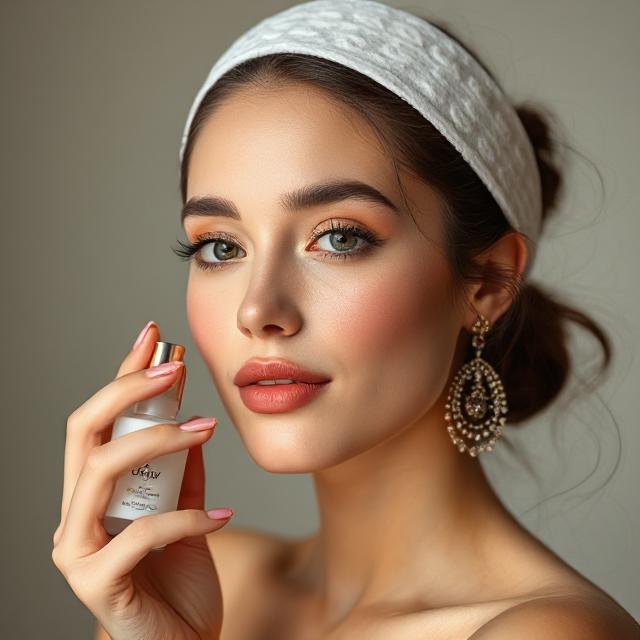
12. Biotech and Lab-Grown Beauty Ingredients
Biotechnology is transforming the beauty ingredient scene by creating cultured substitutes for rare and potent natural compounds — sustainability is always a major bonus. This development helps to address the environmental and ethical concerns regarding the exploitation of endangered plants, animal parts, or wild botanicals. By 2025, new fermentation and cell-culture methods yield pure, bioidentical collagen, hyaluronic acid, and antioxidants, of uniform quality and boosted bioavailability. Biotech ingredients allow for customization down to the molecular level, which for some serves to increase product efficacy and decrease incidence of irritants. The shift is indicative of a “new era of responsible innovation,” as science moves to support environmental oversight and ingredient traceability. Consumers are looking for transparency in sourcing and production methods, and they’re opting for brands that are leading the charge in cutting-edge, cruelty-free, sustainable biotech solutions. Lab-grown ingredients also make available scalable production that won’t strip the Earth of natural resources, for beauty businesses and circular economies. This biotech meets beauty inflection point ushers in a new on-demand industry of smart, safe and sustainable skincare that services an evolving mindful consumer.
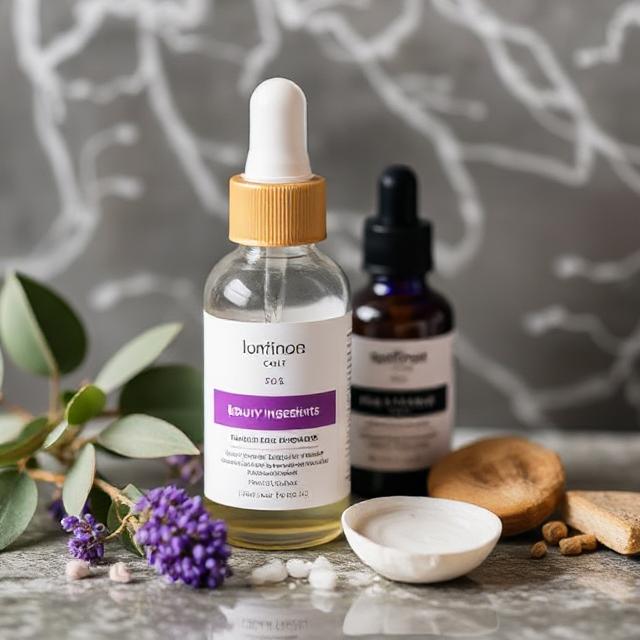
The beauty movements that will shape 2025 reflect an overarching move into a much more mindful, aware and inclusive industry. Those changes speak to how technology, science and cultural values are converging to shape a new visage of beauty: a more holistic conversation with a new self-awareness of self, health and our surroundings. Minimalist skincare, AI personalization, Land to the sea: Sustainable packaging, Nutricosmetics, Natural beauty empowered, self-love and ethical choice. As consumers demand greater transparency, diversity and innovation, the industry will offer products and experiences that match these priorities and will deliver a future defined by not just how we look, but how we feel—energized, engaged, and connected to both the world around us and the wider consciousness. The intersection of values and innovation should deliver a more fair, sustainable, and interesting beauty landscape for years to come.


